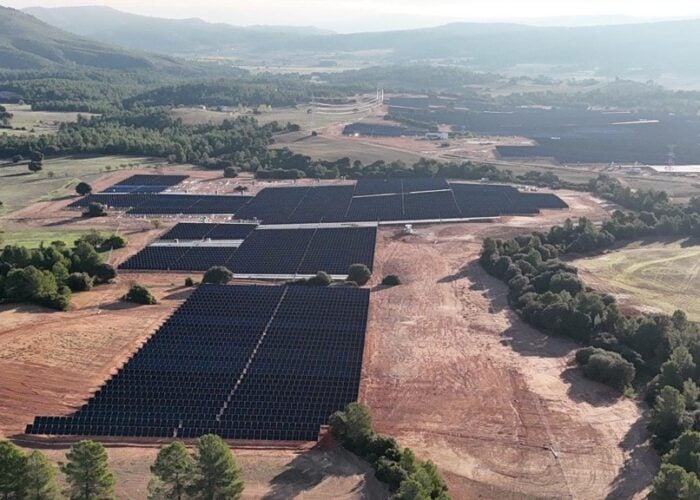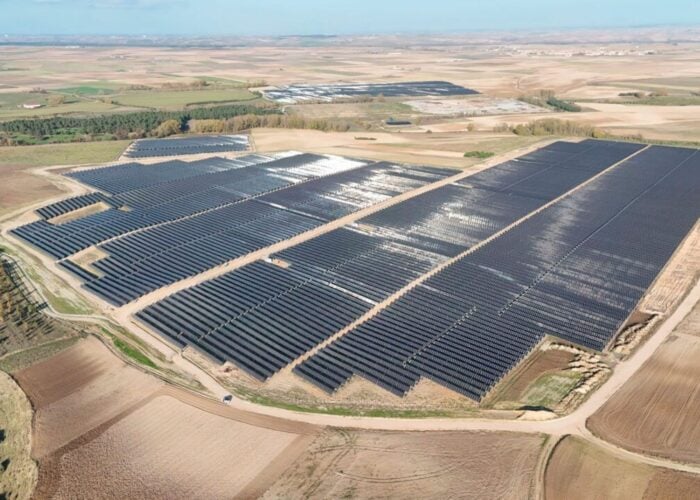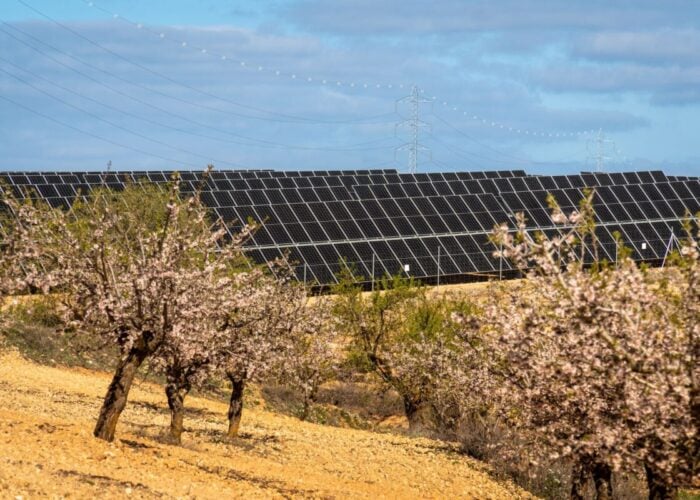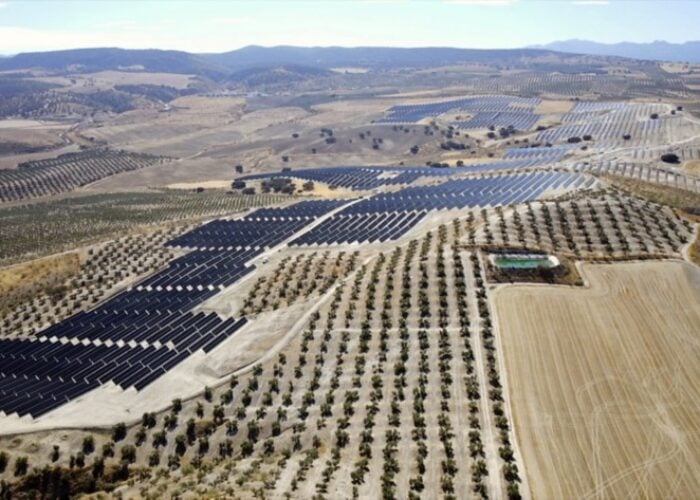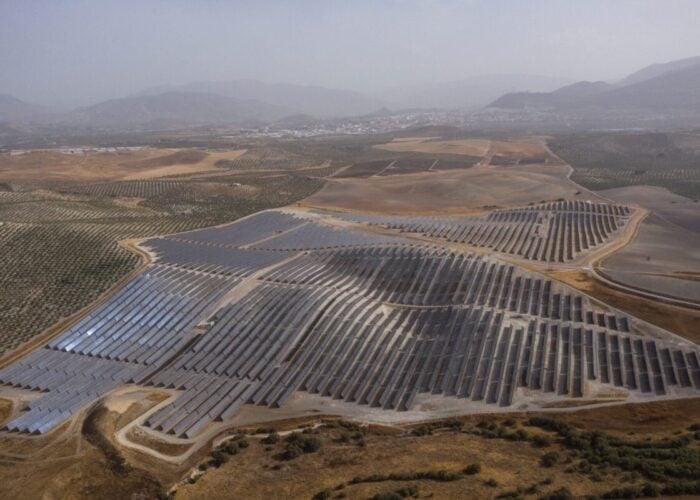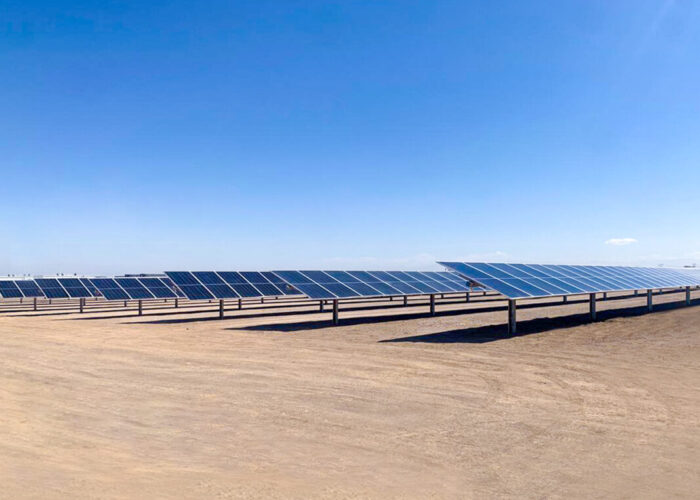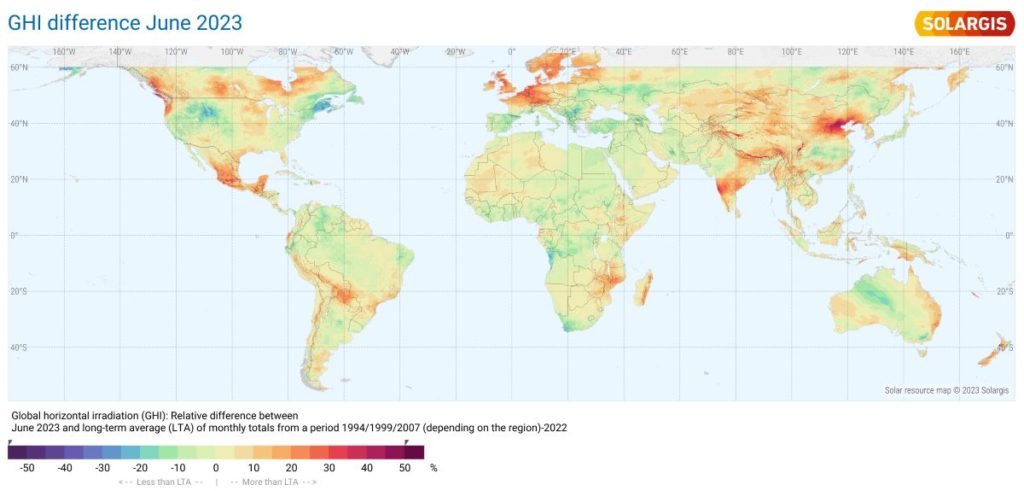
As climate change is expected to increase the overall temperature of the planet, this will in itself affect solar radiation, which might increase – or decrease depending on certain regions – up to 2% over a decade, Marcel Suri, CEO at solar irradiance consultancy Solargis, told PV Tech.
This means that during the lifetime of a PV power plant this could be a change of up to 4%. However, this minimal change can easily be included in the financial model of a solar PV project.
Try Premium for just $1
- Full premium access for the first month at only $1
- Converts to an annual rate after 30 days unless cancelled
- Cancel anytime during the trial period
Premium Benefits
- Expert industry analysis and interviews
- Digital access to PV Tech Power journal
- Exclusive event discounts
Or get the full Premium subscription right away
Or continue reading this article for free
What might need to be more thoroughly looked at is extreme weather events, as they are becoming more and more common around the world. A recent example would be the fires that engulfed parts of Canada and crossed the country’s southern borders, with New York’s sky turning into orange and residents asked to remain inside due to the wildfire smoke affecting the quality of the air.
These fires are not only an issue in terms of air pollution but they also have an effect on the productivity of solar plants. “We see that the data today needs to be more accurate, more granular, and you need to see historical data so that you can better understand why those things, which happened in the last 5-10 years, are more extreme,” says Suri.
Even though forest fires and other related events are common all around the year, what has changed is the scale of the intensity of these natural catastrophes for which solar PV plants need to prepare for, as it will not only reduce the radiation but increase the cost of maintenance of a PV plant which will require to be cleaned due to the dust or ashes setting on top of the modules.
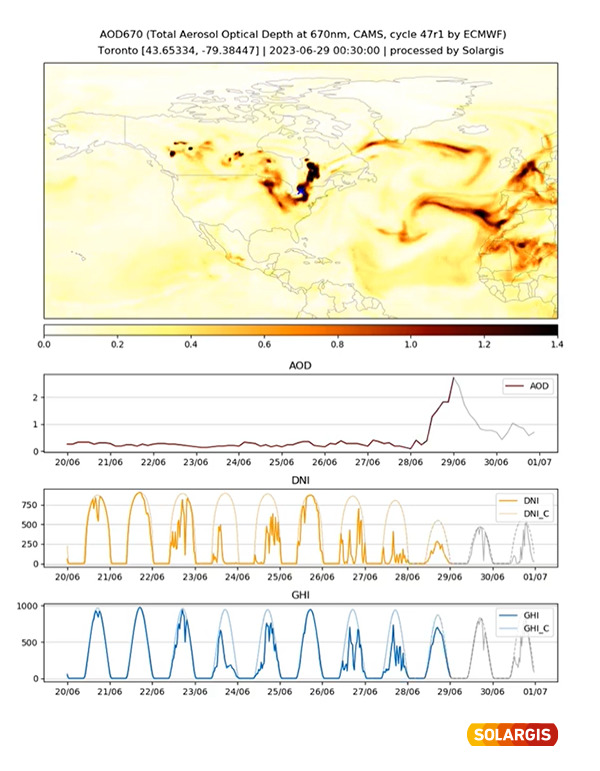
As these phenomena become more and more frequent, the best way to learn from them is to try and understand past events to know how they will affect a project’s finances and how to improve the engineering process too.
“Our role as the PV industry is to better understand the effects of changing weather, to learn how we are going to learn these lessons and how we are going to implement them into a standard’s procedure,” says Suri.
But there is no need to look at only extreme events such as wildfires in order to take into consideration the variability of the radiation for a solar power project. Countries with tropical weather, such as Guatemala in Central America or even Colombia, will be affected by this due to the fast movement of clouds which requires projects to be better prepared to manage fast variability at a minute level. Suri explains: “Typically, in tropical countries you have clouds which are scattered and moving fast.”
This is not the only complexity for the development of a project in this region, as managing to integrate multiple renewable projects into a smaller grid creates more difficulties.
“In these countries, the grid is relatively small, not very complex and you don’t have enough support from various assets. That means that if you want to build large-scale projects, you also need to enforce storage so that the variability is managed. This is something we see as a new trend, and for which comes with bigger projects,” says Suri.
Even in regions where clouds are not as present – such as the Middle East – variability can be an issue for large-scale projects that are meant to supply electricity to green hydrogen plants, for example.
“For a large hybrid project, before every developer was just interested in ‘how much energy I am going to produce?’ Today, this question is much more complex. Not only how much but when, and how do I guarantee that I will really deliver what is required,” adds Suri.
Digital data, along with digital software development for hybrid solar projects is key to ensure a project has been optimised in terms of design and can also save money in a project’s development. “If your uncertainty is too high, you need to over-design your project, which is costly. If the uncertainty of the data is lower, you can save money because you can know exactly or more precisely what is going to happen,” Suri says.
Even within the same country, weather can vary from region to region, such is the case of Spain, explains Suri, with some regions being windier, or having more extreme wind which would make the operation of trackers more complex and would have little value to the project. Implementing these variabilities of weather into the management of a project is not only important once a solar plant is operational but can also help improve the design of a project under development in order to save money.
“Management of energy means having good forecasting, and understanding short-term variability of daytime so that you can properly technically design storage with your PV or wind generation. And it’s also about money. Because with good forecasting you can save a lot of money on designing storage in your project,” says Suri.
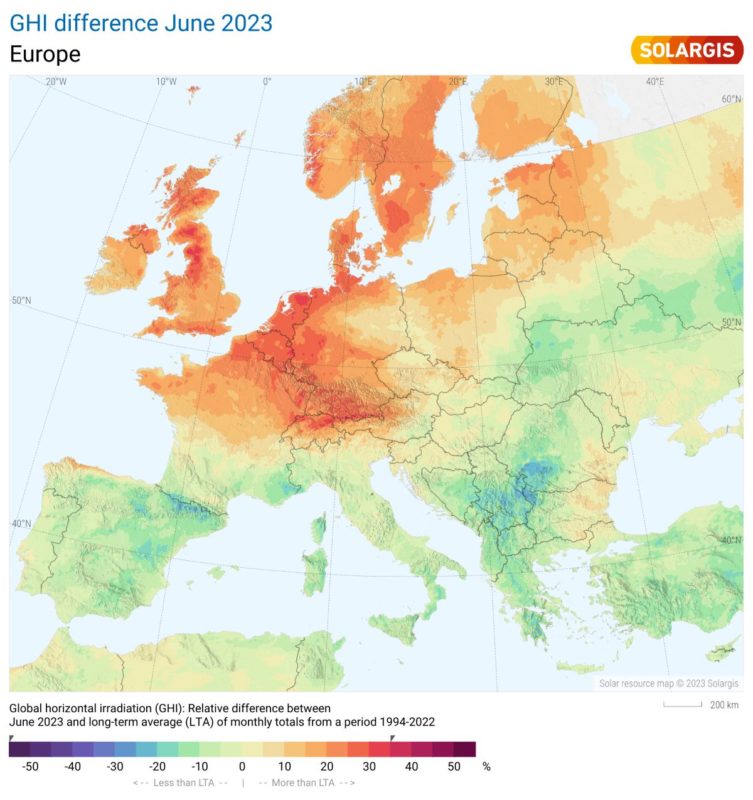
This becomes even more important in countries like Spain where installed capacity keeps increasing with more and more projects connected to the grid and a need to better forecast the weather and the increased occurrences of extreme temperatures across the country to better understand how this has an impact on the grid.

